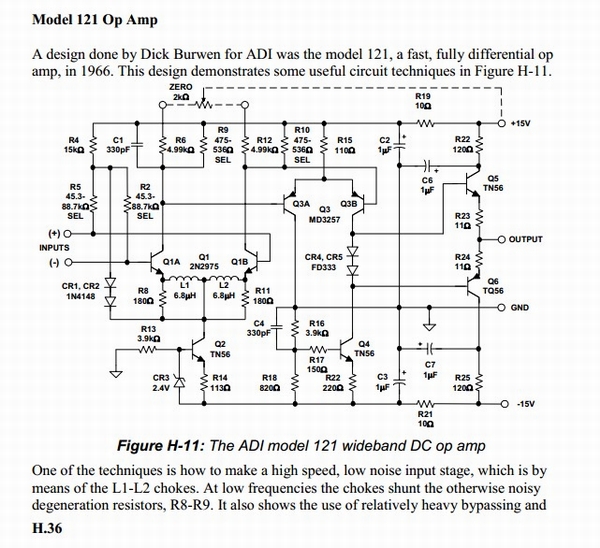Duh, "DOA", of course, I am quite familiar with discrete opamps.. just not aware it was a commonly accepted abbreviation.. (RTFM, TL;DR, SMH, LOL FWIW..!)
DOAs are a hot topic for the cork sniffers..!
I have a pair of Melcor line amps with 1731s, which were an obvious predecessor to the API 2520. I mention this because the typical lay-person / cork sniffer on the internet often describes the API "sound" as having "fast transients" [
sic] or being a "fast sounding" opamp.
We know otherwise, but it does bring up some interesting questions about perception (which these days we must divide into *
empirical* perception or *
induced* perception via group think on teh internetz).
For me one of the defining characteristics of a "DOA" is the overload recovery behavior. A 2520 can add a certain "oomph" to a drum when driven hard, where a 990 will just present a louder version of the event. All of this is somewhat relevant to Square Wave reproduction..
Stability issues are often revealed by using square waves
1k Square Wave through A/D/A loop:
View attachment 85608
1kHz Melcor 1731 at 96kHz
View attachment 85609
View attachment 85610

















